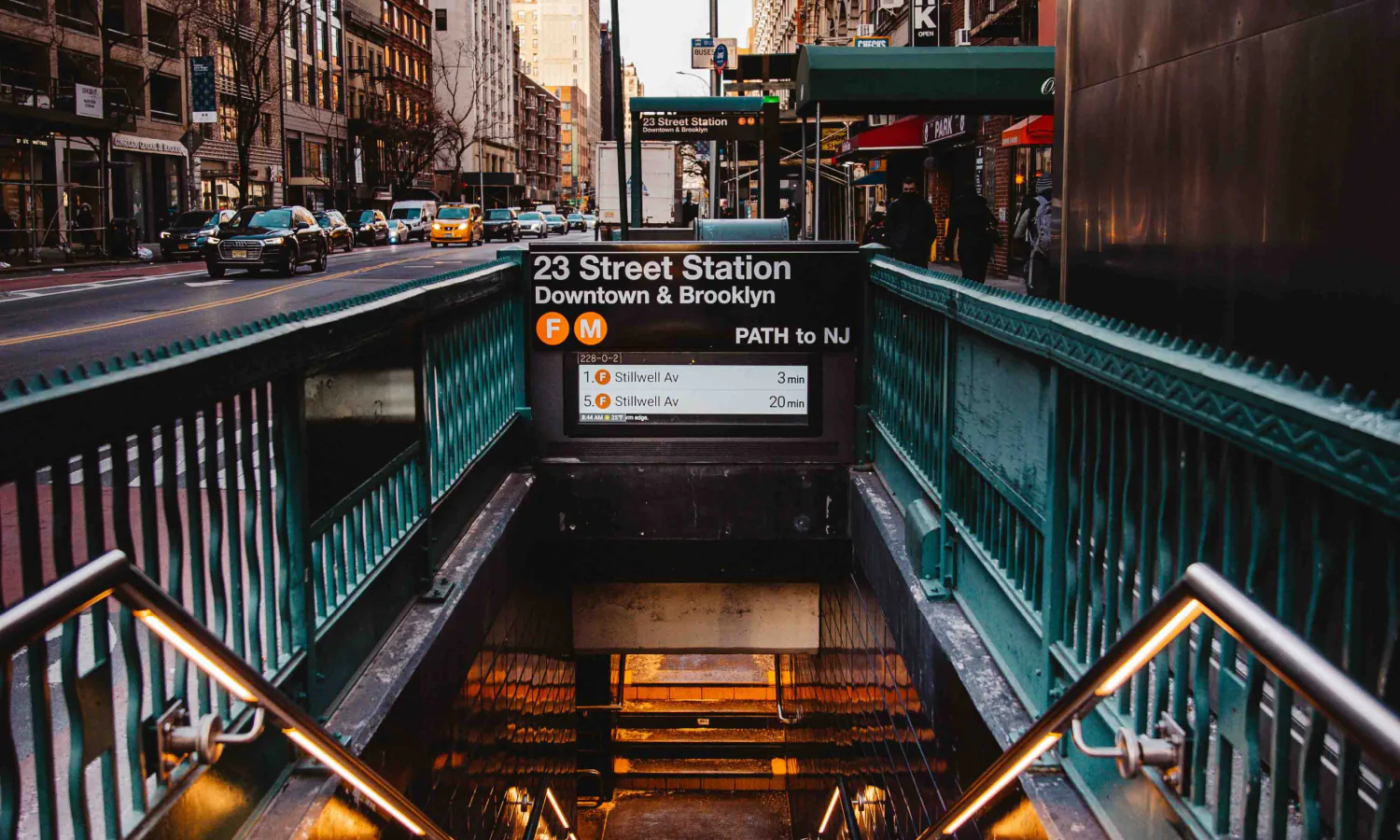
Newsletter Subscribe
Enter your email address below and subscribe to our newsletter

Remember when privacy meant pulling down the blinds and screening your calls with an answering machine? That seems so quaint in today’s digital age.
Because, boy, have things changed!
Nowadays, keeping your personal life private takes a lot more that drawing the curtains. Especially on social mediaSocial media refers to online platforms and websites that enable users to create, share, and interac... More sites like Facebook.

The good news is there are some simple things you can do to keep things more private online.
So, if the thought of random strangers peeking at your photos or having Facebook serve you eerily accurate ads is giving you the digital heebie-jeebies, don’t worry.
You can take control and make your Facebook account as private as possible while still staying connected. Here’s how to do it in a way even Mark Zuckerberg’s grandma could understand.
Let’s learn how…
Let’s face it – you didn’t spend 65 years carefully guarding your personal information just to broadcast it to every Tom, Dick, and Nigerian prince on the internet.
Here are some good reasons you’ll want to increase your Facebook privacy:
Think of Facebook privacy settings like the locks on your front door—except instead of one lock, there are about 20… and each one does something different.
No, they don’t make it super easy. But it does give you more control over what you share and who sees it.
Don’t worry, though—we’ll guide you through it step by step, and it’ll be easier than it sounds.
Ready? Let’s start with the basics:
(Quick note: Tech companies love rearranging things. If the instructions below aren’t exact, the Facebook tech fairies have probably moved things around. Try searching for the settings on GoogleGoogle is a multinational technology company known for its internet-related products and services, i... More or ChatGPTChatGPT is an advanced language model developed by OpenAI, designed to understand and generate human... More. You can also ask a trusted friend or family member for help. If you do find things have changed, please let us know so we can update the content on this page for others!)
When you post something on Facebook – whether it’s a photo of your grandkids or a comment about your garden – this privacy setting controls who gets to see it.
By defaultDefault refers to the pre-set option or setting that is automatically chosen if no alternative is sp... More, Facebook often sets this to “Public,” which means anyone can see what you post, even if they’re not your Facebook friend. Here’s how to fix that:
Why this matters: When you set this to “Friends,” only people you’ve specifically approved as Facebook friends can see what you post.
This keeps strangers from learning personal details about your life. For example, when you’re on vacation (which could tell burglars when your house is empty) or information about your grandchildren.
Those old posts from years ago might be set to “Public” without you realizing it. This setting helps you protect everything you’ve ever shared on Facebook, all at once:
Why this matters: This changes all your old posts that were “Public” or “Friends of Friends” to “Friends Only.”
This means that old photos, comments, and status updates won’t be visible to strangers anymore. Think of it like closing all the blinds in your house at once – it gives you instant privacy for everything.
Important note: If you’ve tagged friends in past posts, they and their friends might still be able to see those specific posts.
If you’re concerned about particular old posts, you might want to delete them entirely.
Okay, you’ve got your posts locked down. That’s a good start.
But to truly make Facebook private, there’s more to do. Here are more settings to tinker with:
Your profile information is like your digital business card – but you wouldn’t hand your business card to every stranger on the street, would you? Here’s how to control who sees what:
Why this matters: Your profile information can be a gold mine for scammers. For example:
You wouldn’t want strangers scribbling on your front door or posting your pictures around town, right? The same goes for your Facebook timeline.
Here’s how to take control who posts on your timeline or tags you in their posts:
Why this matters:
Pro Tip: Think of timeline review like having a peephole in your front door – except this one lets you screen posts instead of encyclopedia salesmen!
Back in the day, the riskiest thing about sharing photos was boring someone with your vacation slideshow. Now, that innocent picture of your prized tomato plants could accidentally show your house number to the whole internetThe Internet is a vast network of computers and other electronic devices connected globally, allowin... More!
Let’s make sure your photos are as secure as that secret cookie recipe you still won’t share with your daughter-in-law:
Why this matters:
Pro Tip: Think of Facebook photo privacy like showing physical photos at home – you might put some on the wall for everyone to see, keep others in albums for friends, and save the most personal ones for family only.
If you want to lock down your Facebook tighter than Fort Knox, here’s the complete lockdown procedure with explanations for each step:
How: Go to Privacy Settings → Who can see your friends list? → Select “Only Me”
Why: Scammers often target friends of their victims. Hiding your friends list protects both you and your friends from chain-scam attempts.
How: Privacy Settings → Do you want search engines outside Facebook to linkA link, or hyperlink, is a tool used in electronic documents and websites to jump from one online lo... More to your profile? → Turn Off
Why: This prevents your Facebook profile from showing up when someone Googles your name. It adds an extra layer of privacy from people trying to find information about you online.
How: Privacy Settings → Who can send you friend requests? → Select “Friends of Friends”
Why: This helps prevent strangers and scam accounts from trying to connect with you. They’ll need to actually know someone you know to send a request.
How: Settings → Face Recognition → Edit → Select “No”
Why: This stops Facebook from automatically recognizing your face in photos and suggesting that friends tag you. It gives you more control over your presence in photos on the platform.
How: Settings → Apps and Websites
Why: When you use Facebook to log into other apps or websites, they get access to your information. Review and remove any apps you don’t use anymore. Think of this like cleaning out your junk drawer – get rid of anything you don’t need!
How: Settings → Ads → Ad Settings What to do:
Why: This limits how much Facebook can use your information to show you targeted ads and stops them from using your name and photo in ads shown to your friends.
Great job locking down your settings! But Facebook privacy isn’t just a one-time chore. These extra tips will keep you safe and help you avoid that “Oops, did I really share that?” moment.
Remember, the best Facebook privacy is like a good pair of comfortable shoes – it takes a little time to get everything adjusted just right, but once you do, you can relax and enjoy the journey.
Keep this guide handy, check your settings regularly, and you’ll be as secure as a squirrel’s winter nut stash!
And remember: when in doubt, it’s better to be too private than not private enough. You can always share more later, but you can’t take back what’s already been seen by others.